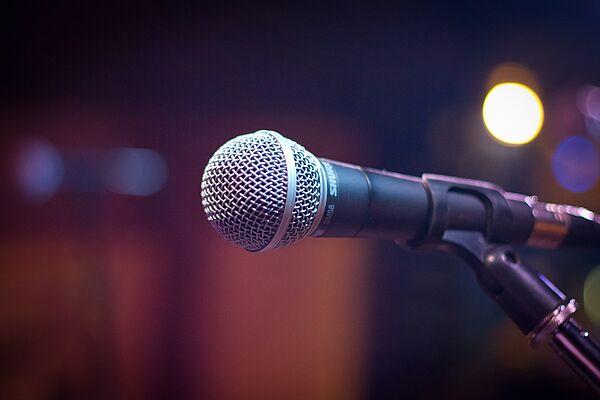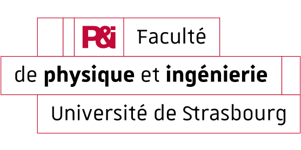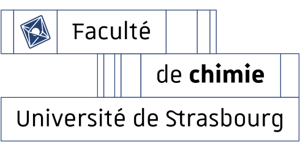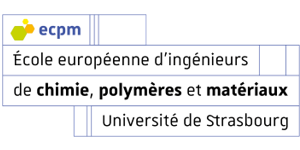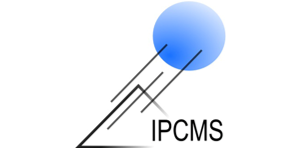Three-dimensional printing to prototype bioinspired architectured materials
Davide Ruffoni
Liège Université - Mécanique des matériaux biologiques et bioinspirés
15/03/2022, 10h30
ICS : amphitheater Henri Benoit
Zoom : https://cnrs.zoom.us/j/93213114040?pwd=aGtIeGJOVnh1d0Z5VnFUWnFCWDdnUT09
Meeting ID : 932 1311 4040
Code : HWBXT9
Abstract.
The tremendously rapid development of additive manufacturing technologies is enabling the fabrication of a new class of advanced materials, referred to as architectured materials. In contrast to monolithic materials, architectured materials have well defined internal structures at length scales which are smaller than the overall macroscopic component, but which are much larger than the length scales traditionally associated with the microstructure (e.g. grain size, lattice constant or polymer chains). Typically, architectured materials feature a controlled internal architecture ranging from 100 µm to 100 mm, therefore bridging the gap between microstructure and component size. The design of new architectured materials can profit from the strategies followed by nature in load-bearing biological materials.
This is the context of our work, where we are focusing on introducing nature’s design principles into synthetic architectured materials using inkjet multimaterial 3D printing, with the final goal to prototype next generation materials with enhanced mechanical efficiency and multifunctionality. Architectured material contains numerous internal interfaces and we have first turned our attention on the characterization of interfaces formed during inkjet printing. In short, this fabrication method is based on the controlled deposition and curing of micrometer-sized photopolymer droplets. By combining different experimental methods we have characterized the properties and the role of internal interfaces in 3D printed multimaterial composites [1]. Ongoing work is aimed at improving the mechanical behavior and failure resistance of bimaterial attachments, based on minimal interface patterning and inspired by the insertion of the soft tendon into the much stiffer bone.
Multimaterial 3D printing has a huge potential for cost-effective manufacturing of high performance composites, with soft and stiff building blocks combined in a countless variety of arrangements and linked through interfaces. Inspired by the multilayer tube-like structure of the wood cell, we have prototyped architectured materials having stiff polymeric helix-reinforcements embedded into softer rubbery matrix. By controlling the fiber winding angle and matrix compliance, we could program the mechanical response of our structures in terms of stiffness and energy absorption. We also demonstrated that adding thin outer and inner reinforcing layers to the main helicoidal structure, with small fibrous elements oriented perpendicular to the applied load as seen in the wood cell, could lead to a huge amplification of failure strength and energy absorption of the wood-inspired structures [2]. Our work has highlighted the possibility to use 3D printing in combination with computer simulations and experimental testing to design and prototype novel synthetic materials featuring design principles of biological materials, which are replicated at higher length scales and using completely different building blocks.
[1] Zorzetto et al., Sci Rep 2020; 10.
[2] Zorzetto and Ruffoni, Adv Funct Mater 2019; 29.


